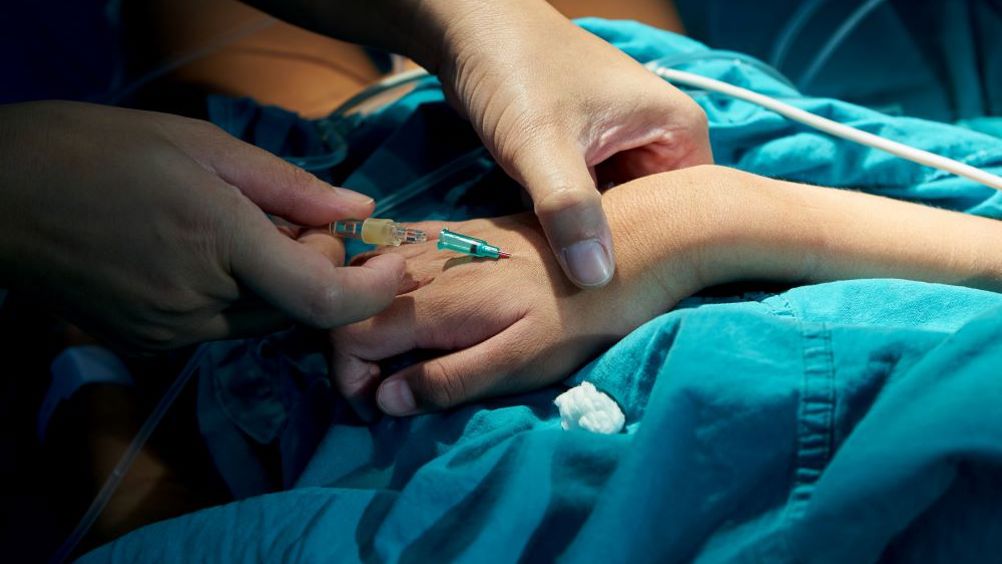References
Evaluation of the difficult intravenous access (DIVA) scoring in hospitalized pediatric patients

Abstract
HIGHLIGHTS
The DIVA scoring tool has previously been validated in the pediatric ED setting.
Our project applied DIVA to an inpatient pediatric sample.
DIVA may not predict likelihood of PIV success in the inpatient setting.
Background: First-attempt success rate for placing pediatric peripheral intravenous (PIV) catheters ranges from to 24% to 52%. Multiple attempts can increase risk of deleterious outcomes. It is essential to screen pediatric patients appropriately to identify those who will require additional resources for successful PIV placement. Methods: A convenience sample of hospitalized pediatric patients 0 to 18 years of age on a general care unit was used in this performance improvement project. Prior to attempting PIV access, nurses completed a data collection tool that included elements of established difficult intravenous access (DIVA) tools as well as first attempt successful PIV placement. The primary outcome measure was to determine if each DIVA scoring tool is accurate in predicting the need for additional resources to achieve successful first-attempt PIV placement. The secondary outcome measure was to compare the predictive value of each DIVA scoring tool among an inpatient pediatric population. Following data exploration and cleaning, a correlation analysis was performed with logistic regression to assess DIVA score effectiveness in predicting success of PIV insertion on the first attempt. Results: Out of 133 children, 167 PIV attempts were analyzed with 150 PIV attempts included in the final data analysis. Of the 150 PIV attempts analyzed, 60% (n=90) were successful on the first attempt. Performance of prediction for first-time insertion success was comparable among all 4 DIVA scoring tools. Conclusions: None of the 4 DIVA scoring tools were superior in predicting first-time PIV placement among hospitalized children. Vein palpability was more predictive, although not statistically significant.
More than 300 million peripheral intravenous (PIV) catheters are used annually in the United States to provide life-saving treatments for patients.1 More than 80% of admitted pediatric patients will require placement of a PIV catheter to complete medical treatments or therapies during their hospital stay.2 Given the scope of PIV use in hospitalized patients, finding ways to maximize first-time PIV placement success is integral in today's health care landscape.
The pediatric inpatient population brings unique challenges to health care professionals when attempting successful PIV access. Patient size, age, disease process, vessel integrity, history of peripheral access, and patient experiences can all influence a nurse's success.3 Adding to the fundamental challenges that a pediatric patient's anatomy and physiology place on the nurse, PIV placement is one of the most commonly reported painful experiences that pediatric inpatients report.4 Studies have shown that first-attempt success rate of placing a pediatric PIV ranges from to 24% to 52%,2‘5‘6 with an average of 2.2 attempts.3‘7 Other key factors affecting the nurse's ability for first-attempt success include the pediatric patient's ability to cooperate along with parental perceptions of the nurse's ability to perform the procedure.7
Register now to continue reading
Thank you for visiting British Journal of Nursing and reading some of our peer-reviewed resources for nurses. To read more, please register today. You’ll enjoy the following great benefits:
What's included
-
Limited access to clinical or professional articles
-
Unlimited access to the latest news, blogs and video content

